The Dog Salmon, or Chum Salmon, is a species of fish in the Salmonidae family. Other relatives include the coho salmon, chinook salmon, cutthroat trout, pink salmon, sockeye salmon, rainbow trout, and more. This species lives throughout the northern Pacific Ocean and into the Arctic. Read on to learn about the Dog Salmon.
Description of the Dog Salmon
This species has a long, broad body. Its appearance changes based on the season. As an adult, it has iridescent silver scales with a blue or green sheen. It also has a light dappling of spots. When it spawns, its coloration changes to a dark olive green, and the male grows an elongated mouth.
Interesting Facts About the Dog Salmon
This fish species is important both in its ecosystem and commercially. Learn more about this salmon, below.
- Anadromous – Like most salmon, this species has anadromous behavior. The young hatch and grow in freshwater, migrate to the ocean as adults, and return to freshwater to spawn.
- Spawning Changes – When they return to spawn, these fish darken significantly. Additionally, males grow an elongated mouth, known as a “kype.” This growth is present in several different species of salmon.
- What’s in a Name? – The name “dog” salmon comes from another spawning change. During spawning, the males grow elongated teeth in their mouths, which look similar to a dog’s canine teeth.
- Redd – Female salmon use their fins and tails to dig shallow nests, known as “redds.” Once she has laid her eggs in the red, the female buries them with gravel.
Habitat of the Dog Salmon
These fish change their habitats drastically as they grow. The newly hatched fry remain in their red and hide from predators. As juveniles, they form schools and swim to other streams, creeks, or estuaries. Once they grow larger, they swim to the ocean. Finally, when it comes time to spawn, they return to freshwater again.
Distribution of the Dog Salmon
You can find these fish widespread throughout the northern Pacific and the Arctic Ocean. They live along the coasts of northwest North America and range across to northeast Asia. Spawning occurs as far south as Oregon. In the western Pacific, they range throughout the waters of Russia, Japan, and Korea.
Diet of the Dog Salmon
The diet of juveniles is quite different from adults. While young, the fish hunt for insects, insect larvae, plankton, tiny shrimp, and other invertebrates. As adults, they primarily hunt for smaller fish species. In addition to fish, adults also eat squid, jellyfish, tunicates, and more.
Dog Salmon and Human Interaction
People fish commercially for this species. Every year, humans harvest millions of fish. Human activity also threatens these fish in the form of habitat destruction, pollution, and climate change. The impact of this activity threatens different populations of this salmon in different ways. Some face greater pressure than others.
The IUCN has not assessed this species.
Domestication
Humans have not domesticated this species in any way.
Does the Dog Salmon Make a Good Pet
No, this fish does not make a good pet. Because they migrate between freshwater and saltwater, it is difficult to house them.
Dog Salmon Care
People do not keep these fish in aquariums. In the wild, this fish hatches in freshwater before migrating to saltwater. This makes the species difficult to keep in aquariums.
Behavior of the Dog Salmon
Like most salmon, this species has migratory behavior. The young fish migrate into estuaries and coastal seas. As adults they move into deeper water to forage for food. Adults feed voraciously to build up the fat stores needed for spawning. When they reach sexual maturity, they migrate back to freshwater habitats to spawn.
Reproduction of the Dog Salmon
Females dig a nest in the gravel, known as a red. She lays her eggs, and the male fertilizes them. Once fertilization is complete, the female buries the eggs with gravel. Both parents die shortly after spawning.
After hatching, the young migrate to estuaries and coastal regions. It takes up to five years for them to reach sexual maturity.

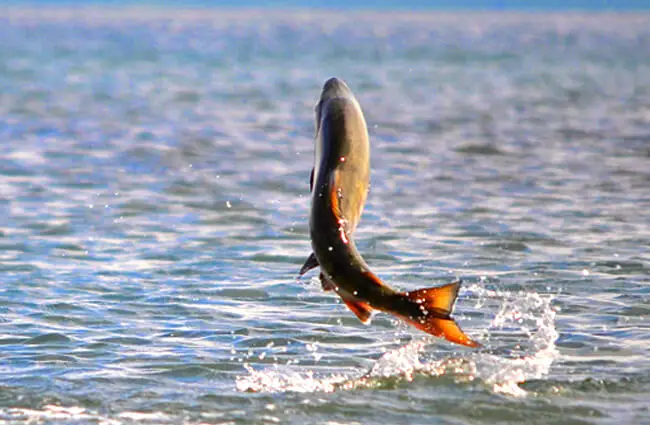
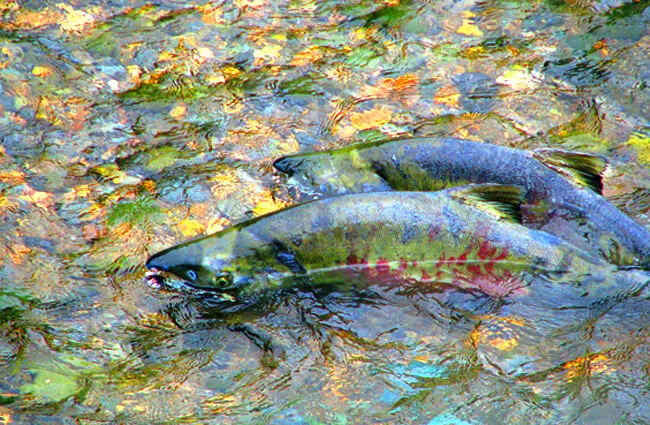
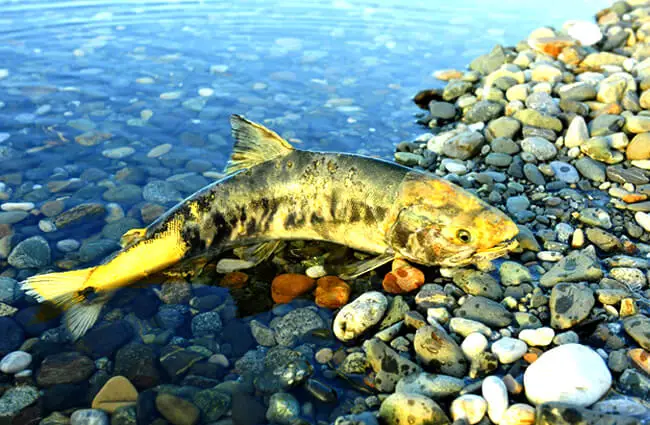
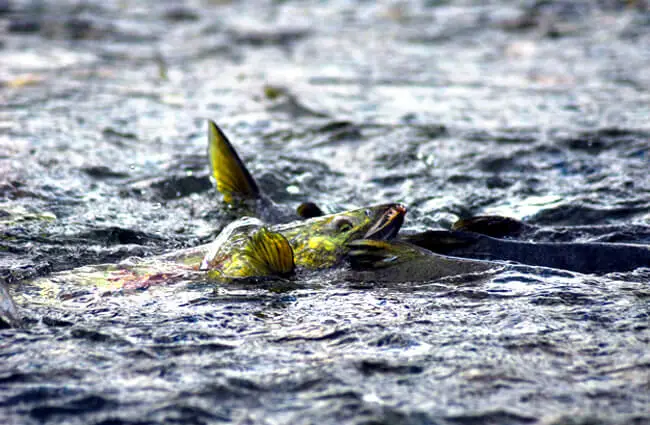
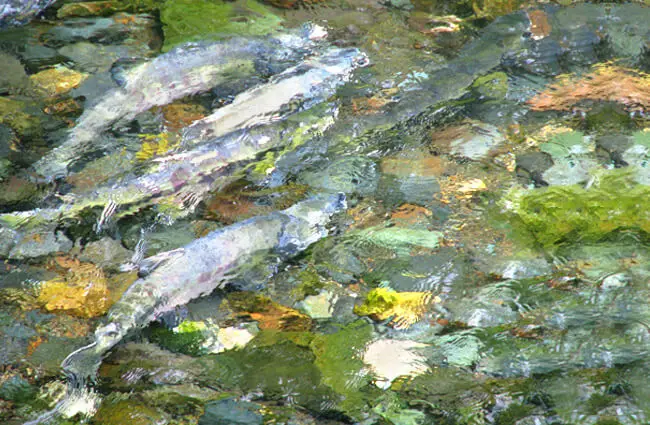
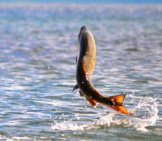
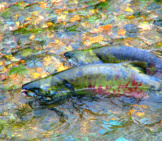
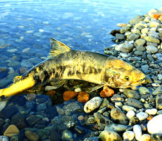
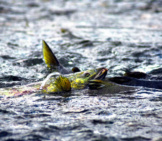
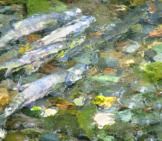


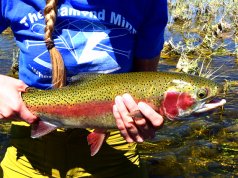
![Red Angus Closeup of a beautiful Red Angus cowPhoto by: U.S. Department of Agriculture [pubic domain]https://creativecommons.org/licenses/by/2.0/](https://animals.net/wp-content/uploads/2020/03/Red-Angus-4-100x75.jpg)

